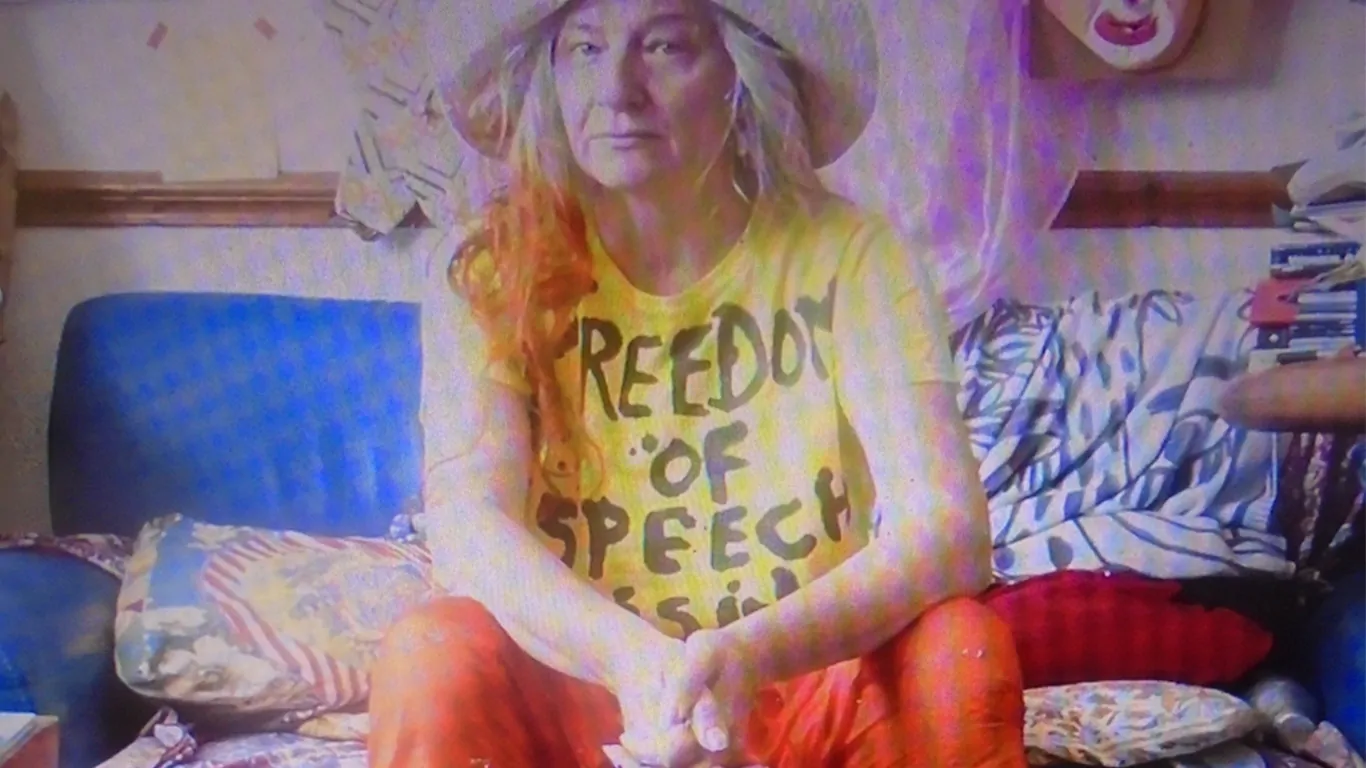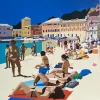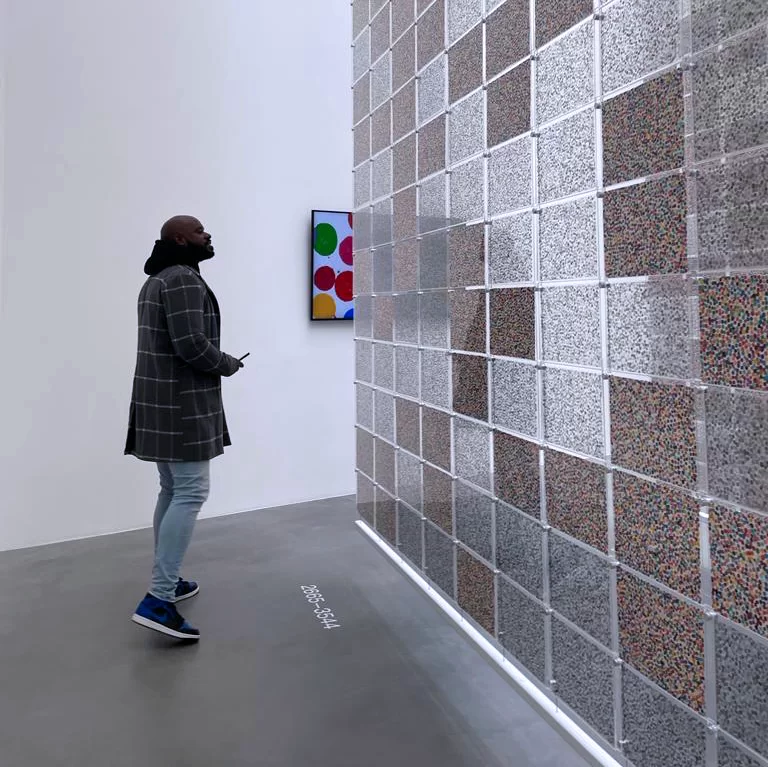From textile ritual to climate fiction, these are five artists you should know — redefining how identity, place and practice shape the stories we make, share and remember.
In the landscape of contemporary art, the question of what is seen — and who is heard — is being constantly renegotiated. While the global art market continues to elevate spectacle and novelty, a quieter shift is underway: artists are increasingly using their work to question the very structures that frame identity, geography and authorship. This shift is not simply aesthetic. It is political, social and deeply personal.
Rethinking identity, place and practice in contemporary art is no longer optional — it is essential. As institutions reckon with histories of exclusion and cultural imbalance, artists have taken the lead in rewriting the terms of engagement. They are redefining what it means to belong, to remember, to create. In doing so, they resist inherited hierarchies, blur disciplinary boundaries and reassert the value of lived experience.
The significance of this movement lies not only in the themes being explored, but in the methods being used. Many of today’s most compelling artists are reaching beyond the traditional studio model, engaging directly with communities, archives, rituals and landscapes. Their work is process-driven, often collaborative, and grounded in a desire to connect — across time, space and social divides.
This is not about art as activism in the superficial sense, but art as inquiry: a sustained and sometimes uncomfortable questioning of how history is told, whose voices are amplified, and how meaning is made. It is through this lens that we consider five artists You Should Know — each one offering a distinct perspective on how art can speak back to power, reimagine tradition, or simply make space for stories long left untold.
From textile-based installations that honour marginalised heritage to speculative narratives that give voice to forgotten futures, these five artists are not following trends — they are shaping new cultural frameworks. In their hands, art becomes both mirror and compass: reflecting complexity, and pointing towards another way of seeing.
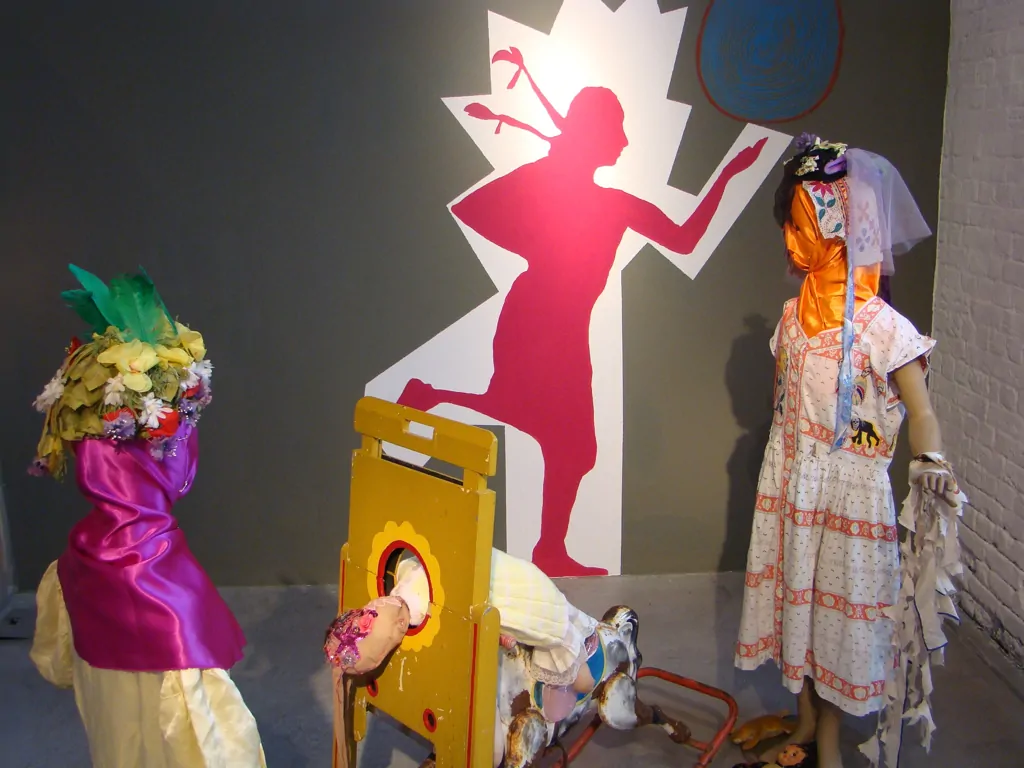
© Delaine Le Bas
1. Delaine Le Bas: Stitching Against the Grain
Based in the UK, Delaine Le Bas is a textile and performance artist whose work explores Romani identity, displacement and inherited trauma. Her installations often transform gallery spaces into sites of domestic resistance. In Witch Hunt (2017), Le Bas filled an entire room with embroidered fabrics, ritualistic symbols and video projections to evoke the historical persecution of women and Roma people. The work stands as a powerful challenge to dominant historical narratives and reflects her commitment to making the unseen visible. She is one of Five Artists You Should Know for her fearless confrontation of cultural erasure using intimate materials.
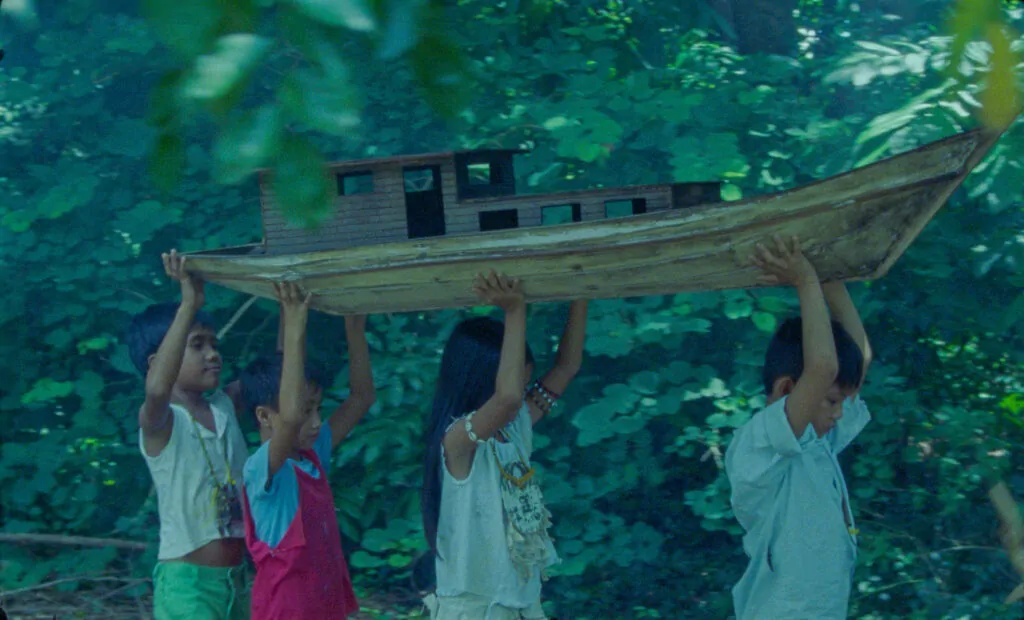
© Tuan Andrew Nguyen
2. Tuan Andrew Nguyen: Memory as Resistance
A Vietnamese-American artist based in Ho Chi Minh City, Nguyen uses film and sculpture to navigate the lingering aftershocks of war, displacement and colonial memory. His short film The Boat People (2020) imagines a group of children in a post-human future, collecting and preserving human stories in the ruins of society. Blending speculative fiction and oral history, the work offers a poetic yet politically charged reflection on migration and survival. Nguyen earns his place for making space where remembrance is a form of resistance.
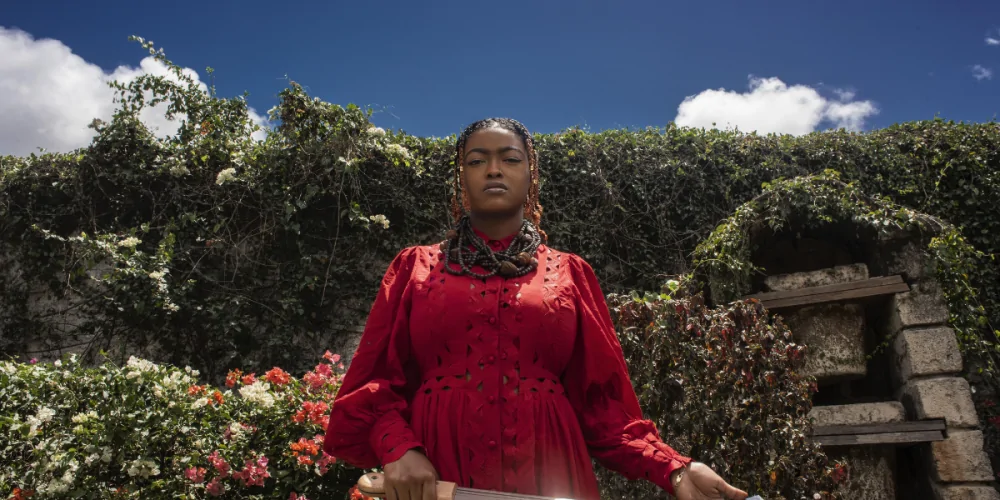
© Alberta Whittle
3. Alberta Whittle: Healing Through Confrontation
Barbadian-Scottish artist Alberta Whittle works across performance, film and installation to examine colonial violence and the possibility of care. Her film Lagareh – The Last Born (2022), shown as part of her representation of Scotland at the Venice Biennale, weaves together ritual, archival footage and poetic narration to confront the legacies of the transatlantic slave trade. The work is as much about mourning as it is about restoration. Whittle brings urgency and sensitivity to the challenge of reconciling historical trauma with present healing.
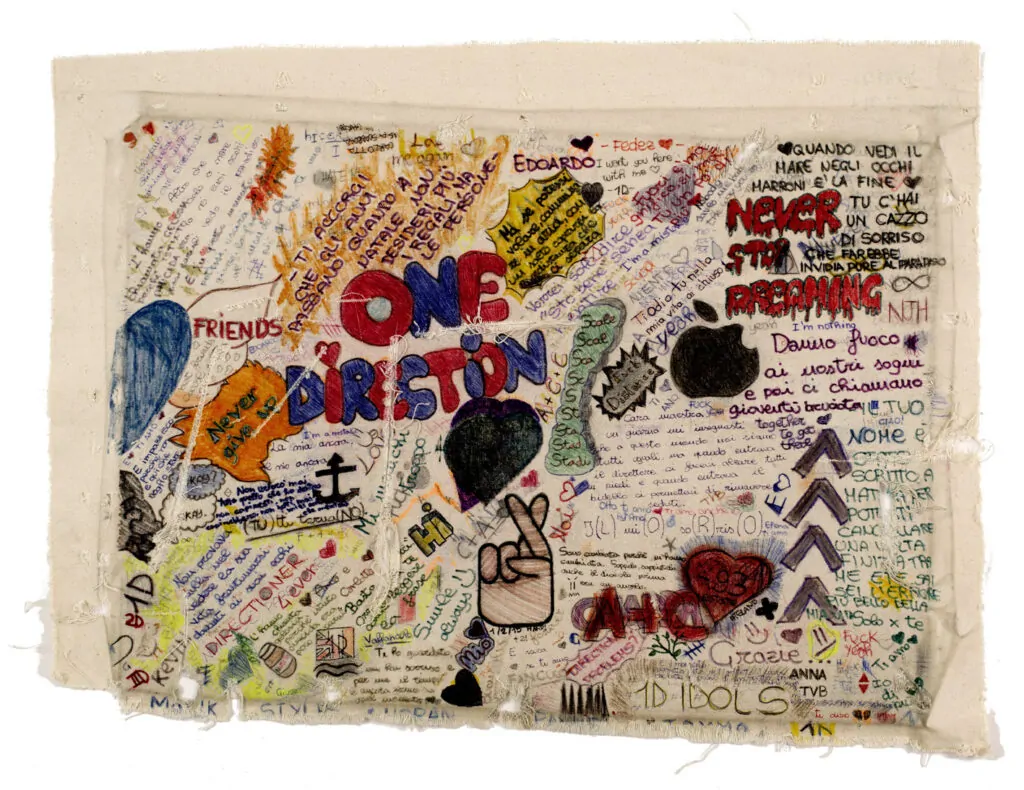
Image courtesy the artist and Frequencies Institute, London
© Oscar Murillo
4. Oscar Murillo: Labour, Movement and Material
Colombian-born, London-based Oscar Murillo fuses painting, installation and participatory practice to explore class, migration and globalisation. His Frequencies project (2013–ongoing) involves canvases installed in classrooms around the world, inviting students to draw and mark them freely. The accumulated surfaces — raw, chaotic and deeply personal — become global portraits of youth experience. Murillo know for his expansive definition of authorship and his attention to social systems embedded in material processes.
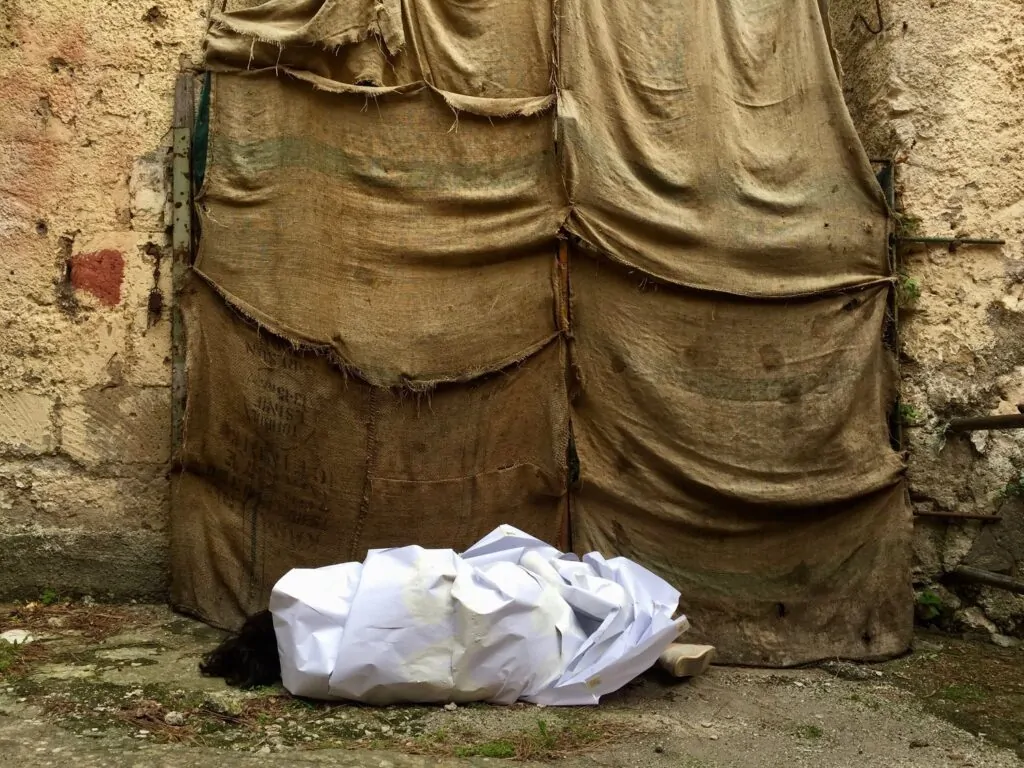
© Himali Singh Soin
5. Himali Singh Soin: Listening to the Unheard
Indian artist and writer Himali Singh Soin blends speculative storytelling, ecological awareness and poetic theory. Her long-term project we are opposite like that (2017–ongoing) positions the polar regions as narrators of climate anxiety, weaving together historical research, mythology and science fiction. One chapter, As Grand As What (2020), uses film and performance to imagine the Arctic as a sentient archive of colonial ambitions and environmental decay. Soin closes the list of Five Artists You Should Know with a meditative approach that challenges linear time and human-centric narratives.
These artists may differ in form, medium and cultural context, but together they represent a critical shift in how art is made and understood today. Through their work, they invite us not only to look — but to listen, question and remember.


